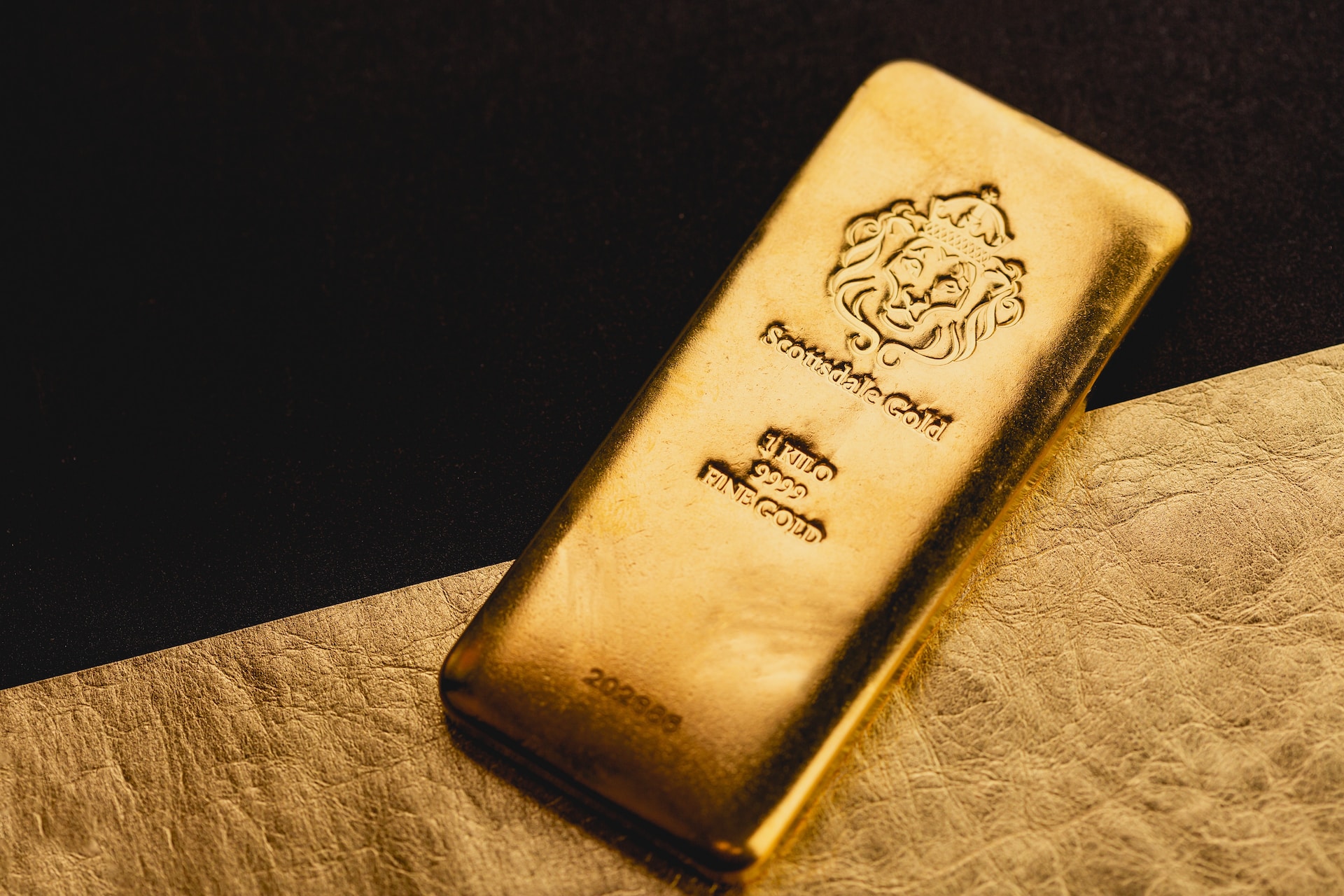The age-old allure of precious metals like gold, silver, platinum, and palladium has stood the test of time. These valuable resources have long been a preferred investment choice for many, acting as a safe haven during volatile market conditions. However, just like any other investment, investing in precious metals has its own set of risks and rewards. In this article, we will explore various ways of investing in these metals, along with associated risks and benefits.
Ways of Investing in Precious Metals
Physical Ownership
The most traditional way of investing in gold and silver is through physical ownership. This method involves buying metal bars, coins, or bullion from a reputable dealer. For instance, investors may opt to purchase one-ounce American Eagle Gold coins or Canadian Maple Leaf Silver coins, which are recognized worldwide for their purity and reliability. The significant benefit of physical ownership is having direct control over your investment, providing a tangible sense of security.
Exchange-Traded Funds (ETFs)
ETFs allow investors to gain exposure to precious metals without physically owning them. These funds invest in physical metals and their shares are traded on a stock exchange. For example, SPDR Gold Shares (GLD) and iShares Silver Trust (SLV) are popular ETFs that track the price movements of their respective metals. ETFs are an excellent choice for those seeking liquidity and flexibility similar to trading stocks.
Mining Stocks
Investing in companies that mine precious metals is another indirect way of investment. Companies like Newmont Corporation (NEM) for gold or Pan American Silver Corp (PAAS) for silver offer investment opportunities. However, the performance of these stocks is not only influenced by metal prices but also by the company’s operational efficiency, mining costs, and overall economic conditions.
Futures and Options
Futures and options contracts provide an opportunity to speculate on the price movements of precious metals. These derivatives can offer substantial returns but carry a high level of risk and complexity. They are generally recommended for experienced investors.
Risks Involved
Market Volatility
Gold and silver, like other commodities, are subject to market volatility. Their prices can fluctuate due to various factors, such as changes in supply and demand, geopolitical tensions, inflation rates, and strength of the US dollar.
Storage and Insurance
For physical metals, safe storage and insurance are crucial. Storing large quantities of metals can be challenging and potentially expensive due to the costs of safety deposit boxes or other secure storage solutions.
Lack of Passive Income
Precious metals do not generate passive income. Unlike stocks or real estate, which may provide dividends or rental income, precious metals only yield a return when their price increases.

Benefits of Investing in Precious Metals
Hedge against Inflation
Silver and gold have historically been seen as a reliable hedge against inflation. For instance, during the high inflation period of the 1970s, gold prices skyrocketed. When fiat currencies lose their purchasing power, precious metals tend to hold their value.
Diversification
Precious metals can be an excellent tool for portfolio diversification. They often move inversely to stock markets, which can help mitigate losses during periods of market turbulence.
High Demand
The demand for these metals is high and spans various sectors, from jewelry and technology to aerospace and medicine. This consistent demand helps support their value over time.
In conclusion, investing in silver and gold offers a unique way to diversify your portfolio, hedge against market uncertainties, and potentially earn a profit. It is, however, not without risks and challenges. As always, investors are encouraged to understand their investment thoroughly, assess their risk tolerance, and possibly seek advice from financial advisors before venturing into this investment path.
Photo by Scottsdale Mint on Unsplash

Leave a Reply